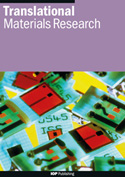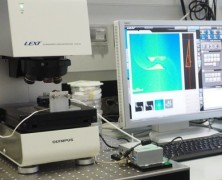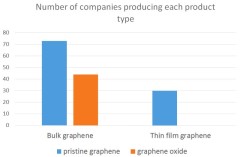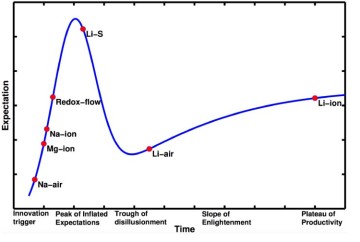As Europe’s Graphene Flagship enters its third year, we highlight how the programme is supporting the commercialization of 2D materials through Graphene Connect – a series of interactive workshops that bring industry and academia together.
“I think the Graphene Connect workshop we attended was a great opportunity to measure the pulse on the applications,” said Amer Ali, CEO of Graphensic AB – a Swedish company producing graphene on silicon carbide. “At the event, we got in touch with skilled researchers and industry incumbents who were genuinely interested in what we do.”
Biomedical briefing
Kostas Kostarelos, who leads the Nanomedicine Lab at the University of Manchester, UK, was a keynote speaker at Graphene Connect’s most recent workshop, which took place in February and showcased opportunities for 2D materials in biomedical technology. “The workshops are so important because they help to give companies a better understanding of graphene and how it can shape their roadmap going forward,” he explained.
More workshops planned for 2016: the organizing team is in the process of finalizing the next graphene connect event and will be announcing full details shortly on their website.
Applications discussed at the February workshop included smart clothes, sensor systems, wearables, packaging, electrodes and other ways that graphene can be used within the body. The events also provide the opportunity for a wider conversation on 2D materials.
“I wanted to understand more about the ‘translational potential’ and associated risk of graphene as well as the medical applications,” added Daniel Chew, Director of Neural Interfaces for GlaxoSmithKline. “Attending Graphene Connect helped to answer a lot of my questions and it was really good to see a wide interest in graphene from different industry sectors.”
Hot topics
The first Graphene Connect event took place in 2014, as part of Graphene Week, and themes covered so far by the workshop series include – nanocomposites, sensors, energy, optoelectronics and photonics, materials and production, investment opportunities and, as mentioned above, biomedical technology.
Further reading
– Graphene Connect underscores the importance of engaging SMEs in materials commercialization (Translational Materials Research)
– Graphene Week 2015: industry opportunities and more (TMR+)

 TMR engages with readers and authors who are dedicated to transforming scientific advances into real-world applications. Its audience includes researchers working academic and government labs; scientists and engineers conducting industrial R&D; the venture capital community; funding agencies and policy-makers.
TMR engages with readers and authors who are dedicated to transforming scientific advances into real-world applications. Its audience includes researchers working academic and government labs; scientists and engineers conducting industrial R&D; the venture capital community; funding agencies and policy-makers.









![Smart materials from lab to market: classes, applications and development stages [image credit: Lux Research]](http://tmrplus.iop.org/files/2015/10/smart_materials_infographic_Lux1_1000-360x270.jpg)